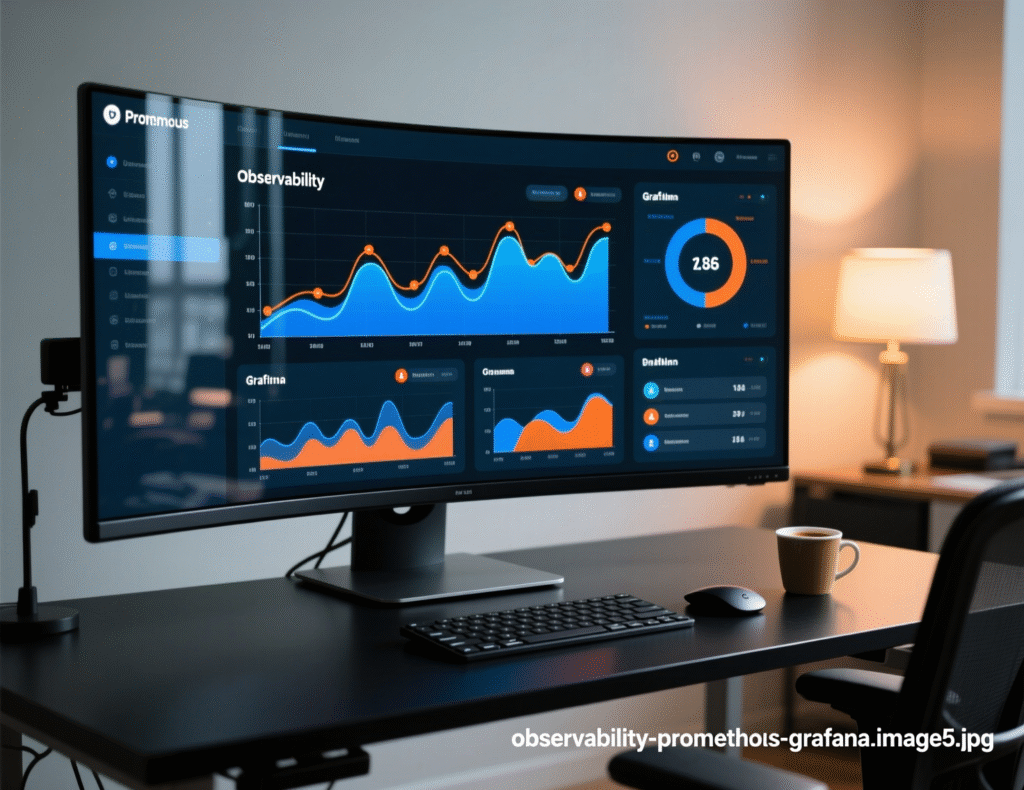Hire Flask Developers for Web Apps That Ship
Hire Flask Developers for Web Apps That Ship
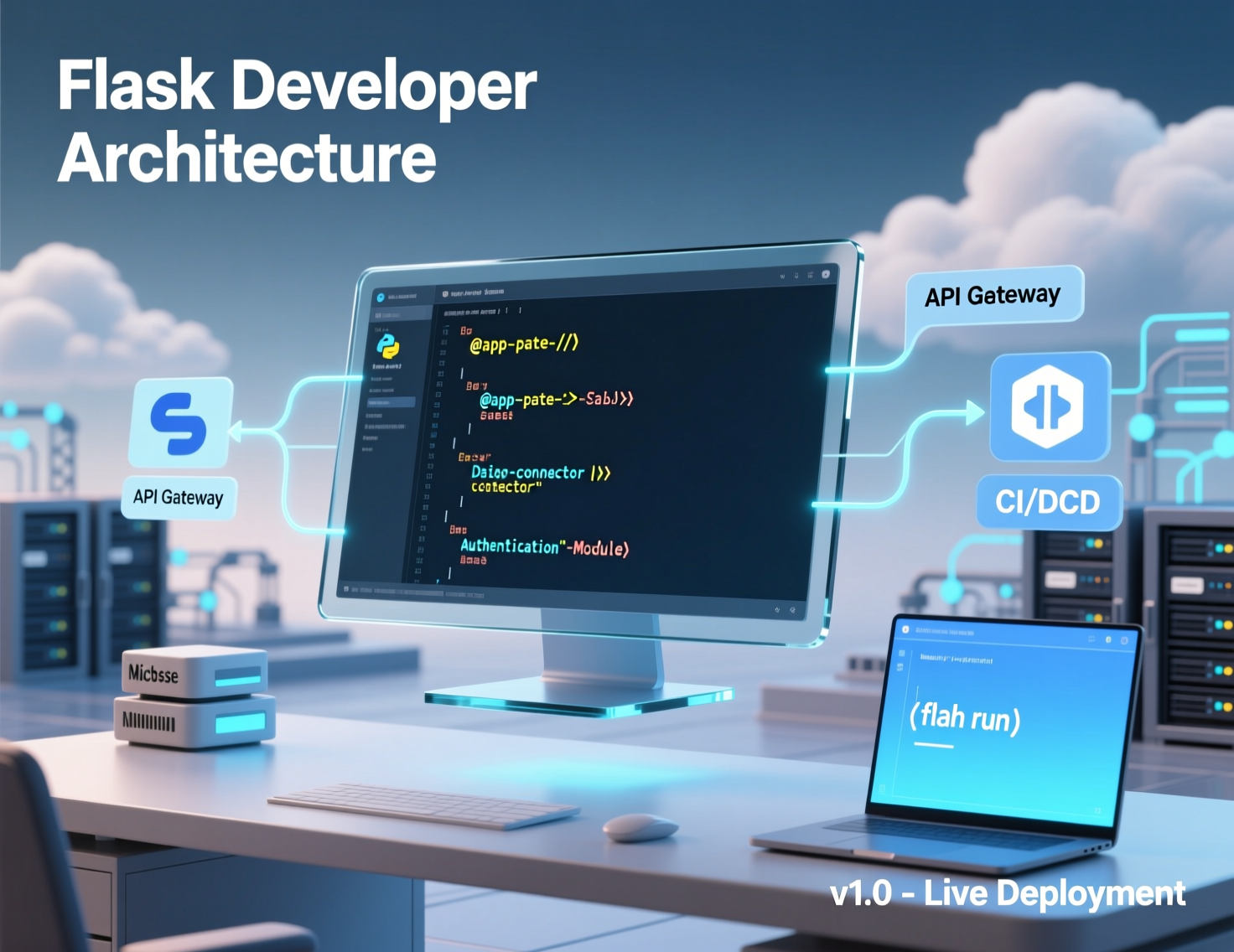
Why Hire a Flask Developer Now: Costs, Where to Find Talent, and a Plug-and-Play Hiring Process
Introduction
Yes you should hire a Flask developer if you need a fast, secure, and flexible backend for an API, MVP, or microservice. The right expert will ship production-ready code quickly, keep costs predictable, and scale with you as traffic grows.
Hiring the right Flask developer is the difference between a “quick prototype” that stalls and a production-grade app that ships on schedule. This guide shows exactly when Flask makes sense, where to find vetted developers (marketplaces vs. agencies), how much it costs in the US/EU, how to evaluate skills (from Jinja2 to Gunicorn/Docker), and a copy-and-paste hiring process you can run this week.
Why Hire a Flask Developer Now
What Flask Is and Where It Shines
Flask is a lightweight Python microframework from the Pallets project. It embraces minimalism: you start with a tiny core and add only what you need Jinja2 templating, SQLAlchemy for ORM, or Celery for background jobs. This makes Flask ideal for teams that want freedom over architecture, vendor choices (PostgreSQL, Redis, Auth0, Stripe), and deployment (AWS, GCP, Azure, on-prem).
When to choose Flask over heavier frameworks.
API-first products & microservices
Keep endpoints lean, scale horizontally, and avoid monolith lock-in.
MVPs & prototypes
Spin up a feature or customer-facing demo in days without battling configuration.
Performance-aware backends
Combine Flask with Gunicorn, Nginx, and a Dockerized pipeline for reliable throughput.
Real-world fit
SaaS dashboards, billing & subscription backends, HIPAA/GDPR-aware data services, data science model endpoints, internal tools, and webhook processors.
Real Use Cases: SaaS, APIs, Microservices, MVPs.
SaaS Admin + Billing
Flask + SQLAlchemy + Stripe for subscriptions; Celery + Redis for invoice emails and retries.
Example: A B2B startup ships billing and roles/permissions in 3 sprints and lands first paying customers.
Public/Partner APIs
Flask-RESTful/FastAPI-style patterns in Flask; JWT auth; rate limiting via Nginx + Redis.
Example: An e-commerce provider exposes catalog/search APIs, then bolts on analytics without replatforming.
Data/ML Serving
Serve scikit-learn or PyTorch models behind Flask endpoints; cache with Redis; monitor with Prometheus.
Example: A logistics firm deploys ETA predictions with sub-100ms p95 latency.
MVPs & Proofs of Concept
Start with SQLite/Postgres, then containerize with Docker and promote to AWS ECS/EKS when traction hits.
Flask vs. Django vs. FastAPI at a Glance.
| Framework | Best For | Strengths | Trade-offs |
|---|---|---|---|
| Flask (Python microframework) | APIs, microservices, MVPs | Minimal core, flexible plugins, easy to learn, great with Gunicorn/Nginx/Docker | You assemble pieces (ORM, auth) yourself |
| Django | Full-stack web apps, admin portals | “Batteries-included” ORM, admin, auth; strong conventions | Heavier, can feel opinionated for microservices |
| FastAPI | Async-first APIs with type hints | High performance, OpenAPI by default, pydantic validation | Ecosystem newer; learning curve for async patterns |
Tip
If you need a standard CMS/admin quickly, consider Django. If you need fine-grained control and speed to MVP, hire a Flask developer. If you’re building highly concurrent real-time APIs, evaluate FastAPI alongside Flask.
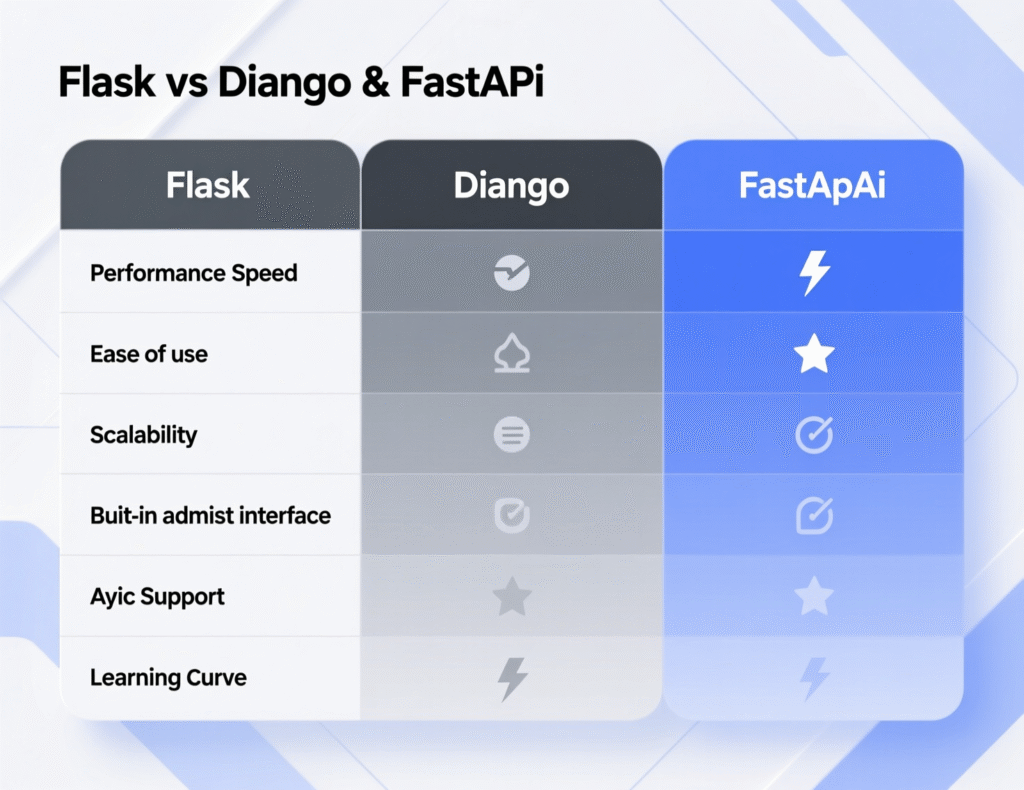
Where to Find Flask Developers: Marketplaces vs. Agencies
Pros
Speed
Post and get responses within hours (Upwork, Fiverr).
Breadth
Thousands of Python profiles; you can filter by Flask, SQLAlchemy, Docker, AWS.
Flexible budget
From entry-level freelancers to senior contractors (Arc, Lemon.io, Toptal curate more).
Cons
Vetting overhead
You must screen portfolios, GitHub, and run tests.
Continuity risk
If a freelancer leaves mid-project, handover can slow delivery.
PM & QA gaps
You often need your own QA/PM processes.
When marketplaces fit
Short projects, add-on features, spikes in workload, well-defined tickets, or when you have in-house PM/Tech Lead.
Agencies/Companies (BairesDev, Radixweb, STX Next, Netguru, Fusionbox/Caktus)
BairesDev
Large LATAM talent pool with English proficiency; good for time-zone alignment with US.
Radixweb
Broad custom software services; suitable for end-to-end delivery with SLAs.
STX Next
Python-first focus; strong engineering culture and product consulting.
Netguru
Product design + engineering; helpful when you need UX/UI plus backend.
Fusionbox / Caktus Group
Django/Flask veterans; experienced in compliance and data-heavy apps.
When agencies fit
You want structured delivery—PM, QA, SecOps, DevOps—plus replacements on demand and predictable SLAs.
Directories & Shortlists (SelectedFirms, Clutch, RankFirms)
Check verified reviews & case studies
Look for Flask, Jinja2, SQLAlchemy, Docker, AWS/GCP/Azure explicitly.
Inspect team makeup
Senior/Lead ratio, DevOps and QA availability, security credentials.
Ask for code samples
Redacted repos, architectural diagrams, CI/CD pipelines, and monitoring screenshots.
Validate compliance experience
GDPR/HIPAA case references, DPA/BAA templates, and data retention policies.
Shortlist
3–5 vendors and run a 7-day trial sprint (details below) to test communication, velocity, and quality.
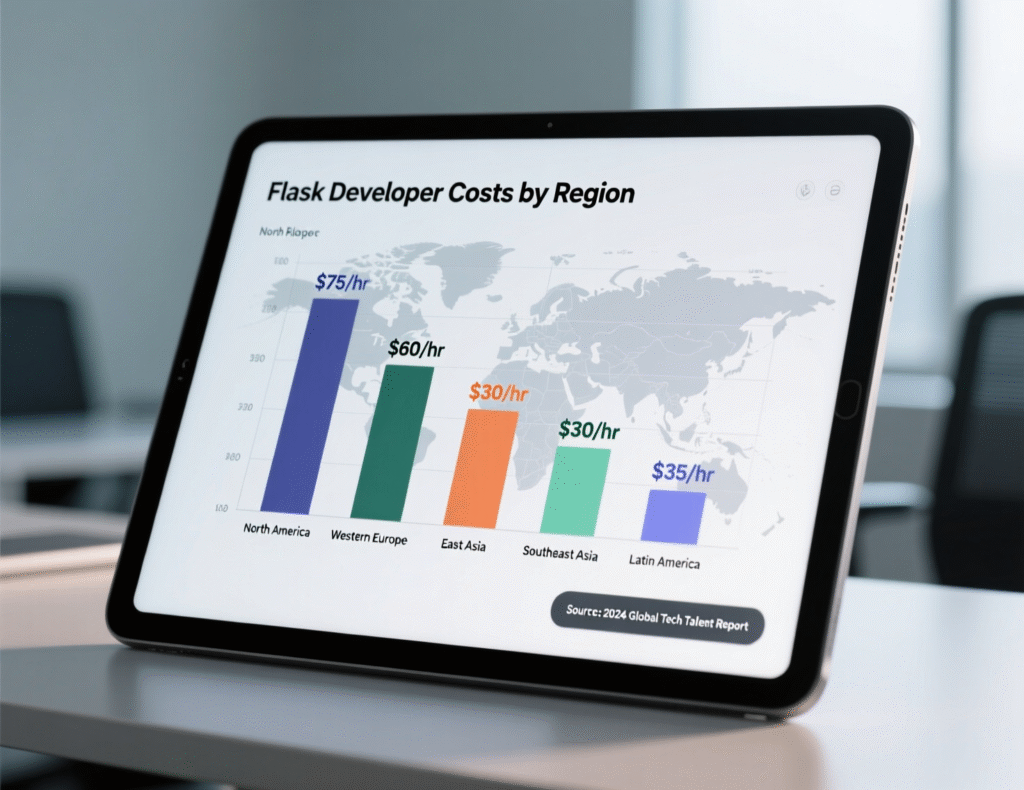
Cost to Hire Flask Developers in the US/EU.
Hourly Rates by Region (US, Western EU, CEE/LatAm)
Note
Ranges below are realistic industry estimates based on current market observations VERIFY LIVE for your city and seniority.
| Region (sample cities) | Typical Hourly Rate (Flask) |
|---|---|
| US (NYC, SF, Austin) | $90–$180/hr (senior), $60–$100/hr (mid) |
| Western EU (London, Berlin, Amsterdam) | €70–€140/hr (senior), €45–€85/hr (mid) |
| CEE/LatAm (Warsaw, Cluj, Lisbon, Mexico City, São Paulo) | $35–$85/hr (senior), $25–$55/hr (mid) |
Salary proxy (for comparison)
Senior Python engineers in US product companies often range $150k–$220k base (ex-benefits)VERIFY LIVE.
How to optimize
Blend a US/EU lead with nearshore contributors for coverage and cost control.
Use Time & Materials for discovery, then switch to Fixed-Bid for stable modules.
Project Models: Fixed-Bid, Time & Materials, Dedicated Team.
Fixed-Bid
Great for tightly scoped modules (e.g., “Auth0 integration + billing webhooks”). Predictable cost; requires detailed specs and change control.
Time & Materials (T&M)
Ideal for discovery, MVPs, and evolving requirements. You pay for actual hours; maintain burn-up charts and weekly demos.
Dedicated Team
Best for ongoing roadmaps. You get a pod (Dev + QA + DevOps + PM) with velocity goals and SLA.
Rule of thumb: Start with T&M discovery (1–2 sprints) → lock known epics into Fixed-Bid → maintain Dedicated Team for growth.
Hidden Costs: DevOps, QA, Security/Compliance, PM
DevOps
CI/CD, Docker images, infrastructure as code (Terraform), monitoring (Prometheus/Grafana).
QA
Automated tests (pytest), API contract tests, performance testing with k6/Locust.
Security/Compliance
Pen tests, secrets rotation, DPA/BAA, audit logging (GDPR/HIPAA).
PM/Product
Roadmapping, KPI tracking (lead time, deployment frequency, escaped defects).
Budgeting tip: Add 15–25% overhead for DevOps/QA/PM on top of pure development—VERIFY LIVE for your context.
How to Evaluate Flask Talent
Technical Must-Haves: Jinja2, REST, Auth, SQLAlchemy, Celery, Caching
Flask Fundamentals
Blueprints, request lifecycle, context, error handling.
Jinja2 templating
Macros, filters, XSS-safe rendering, template inheritance.
REST API design
Versioning, pagination, idempotency, OpenAPI docs.
Auth & Security
JWT/OAuth2 (Auth0), session security, CSRF, rate limiting.
Data Access
SQLAlchemy models, migrations (Alembic), connection pooling, N+1 avoidance.
Async & Tasks
Celery workers, Redis broker, scheduled jobs, retry/backoff policies.
Caching
Redis/HTTP caching (ETag, Cache-Control), application-level memoization.
Testing
pytest fixtures, factory pattern, coverage thresholds (≥85%), contract tests.
Practical screen
Ask for a GitHub link, a 10–15 min code walkthrough, and a small API task (CRUD + auth + tests).
Architecture & Ops: WSGI/Gunicorn, Nginx, Docker, CI/CD, AWS/GCP/Azure
Serving
WSGI with Gunicorn behind Nginx; tune workers (e.g., workers = 2 x cores + 1), set timeouts, and enable gzip.
Containers
Dockerized Flask app with multi-stage builds, pinned versions, and non-root users.
CI/CD
GitHub Actions/GitLab CI for tests, lint (flake8/black), SAST, image scan (Trivy), and blue/green deploys.
Cloud
AWS (US)
ECS/EKS, RDS (PostgreSQL), S3 for static/media, CloudWatch + OpenTelemetry.
GCP (EU/Global)
GKE/Cloud Run, Cloud SQL, Artifact Registry, Cloud Logging.
Azure
AKS, Azure PostgreSQL, Container Registry, App Gateway.
Observability
Metrics (Prometheus), logs (ELK/OpenSearch), tracing (Jaeger/OpenTelemetry).
Reliability
Health checks, circuit breakers, idempotent webhooks, and rolling restarts.
Interview request
Have the candidate diagram a production deployment: Flask → Gunicorn → Nginx → Docker → CI/CD → Cloud (RDS/Redis) → Monitoring. Evaluate clarity and trade-offs.
Security & Compliance: GDPR/HIPAA, OWASP, Secrets/Key Mgmt
OWASP Top 10
SQLi prevention, CSRF protection, rate limiting, input validation, secure headers.
Secrets Management
AWS KMS/Secrets Manager, GCP Secret Manager, HashiCorp Vault; no secrets in env files or repos.
GDPR (EU)
Data minimization, right to erasure, DPA with processors, EU hosting options (e.g., Frankfurt), audit logs.
HIPAA (US healthcare)
BAA with cloud vendor, encryption at rest/in transit, access controls, PHI segregation, breach policies.
Compliance ops
Regular security scans, dependency updates, SSO/MFA, least-privilege IAM.
Validation step: Ask for prior GDPR/HIPAA experience, request anonymized policies, and check incident-runbook maturity.
Sample Hiring Process You Can Copy
Role Definition & Scorecard (seniority, stack, KPIs)
Role
Flask Developer (Mid/Senior).
Stack
Flask, Jinja2, SQLAlchemy, PostgreSQL, Redis, Celery, Docker, GitHub Actions, AWS/GCP/Azure.
KPIs
Sprint velocity, deployment frequency, escaped defects, API p95 latency, on-time delivery.
Scorecard template
Architecture (Flask blueprints, scaling): ★★★★☆
API design (versioning, auth): ★★★★☆
Data & caching (SQLAlchemy/Redis): ★★★★☆
DevOps (Docker/CI/CD/Gunicorn/Nginx): ★★★★☆
Security/compliance (OWASP/GDPR/HIPAA): ★★★★☆
Communication/ownership: ★★★★☆
Fast Screening: Portfolio, GitHub, Tech Test, Systems Design
Portfolio/GitHub check (30 min)
Look for Flask projects, tests, Dockerfile, CI workflows.
Tech test (90–120 min)
Build a small JWT-secured CRUD API with tests and Docker compose.
Systems design (45 min)
Design an API rate limiter + billing webhooks. Score trade-offs, diagrams, observability.
Behavioral (30 min)
Collaboration, incident response, stakeholder updates.
Trial Sprint & SLA: Timelines, Communication, QA Gates
7-Day Trial Sprint Checklist
Day 1
Kickoff, repo access, define Definition of Done (DoD) & Acceptance Criteria.
Day 2–5
Implement epics; daily standups; PRs with reviewers; add unit & API tests.
Day 6
Staging deploy, QA pass (API tests, k6/Locust performance).
Day 7
Demo, retro, handover notes, next-sprint plan.
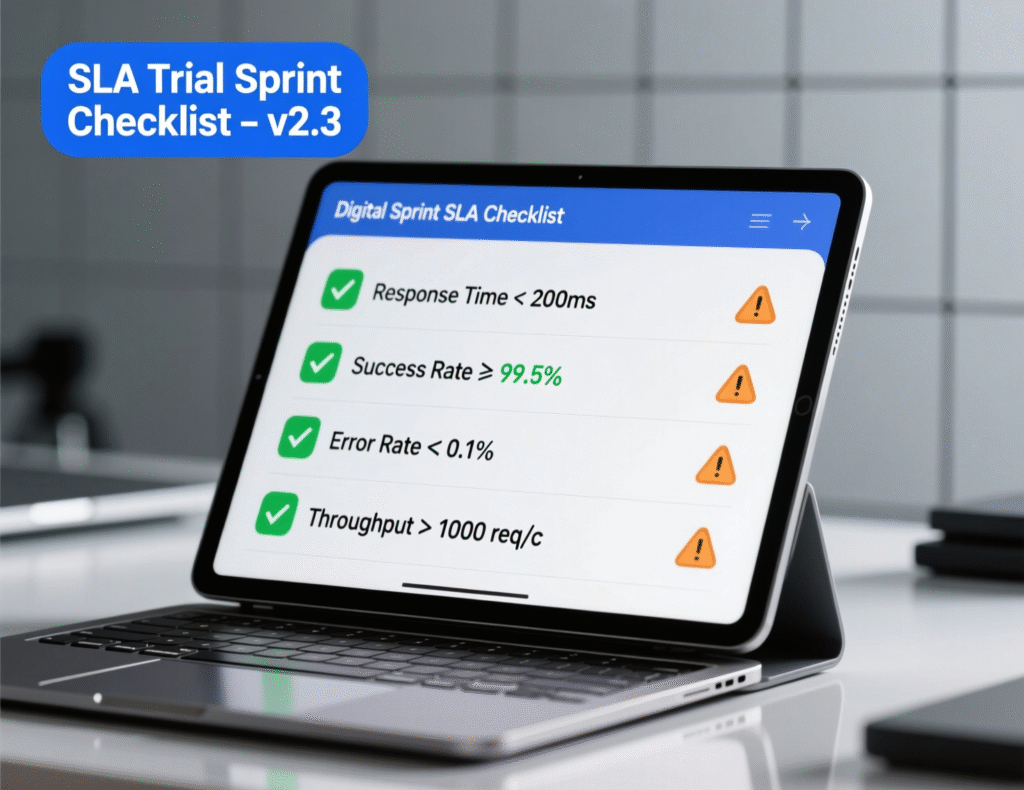
Lightweight SLA (paste into contract)
Availability
Mon–Fri, 4-hour overlap with client time zone.
Response
≤4 business hours for tickets; Severity-1 within 1 hour.
Quality gates
≥85% unit test coverage; zero critical security issues; p95 latency < 300ms for key endpoints.
Delivery cadence
Weekly demo + burn-down; monthly architecture review.
Flask Project Timelines & Delivery Patterns.
MVP API in 2–4 Weeks vs. Full Web App in 8–16+ Weeks.
MVP API (2–4 weeks): Auth, 3–5 endpoints, CRUD, Postgres, Docker, CI, staging.
Full Web App (8–16+ weeks): Roles/permissions, billing, email flows (SendGrid), dashboards, admin, analytics, IaC, production monitoring.
Case blurb
A healthcare startup shipped a HIPAA-aware patient portal in 14 weeks: Flask + SQLAlchemy + Auth0; audit logging; encrypted S3 uploads; BAA in place.
Microservices & Integrations (Stripe, Auth0, SendGrid, S3)
Stripe
Webhooks (idempotency keys), event signatures, retry policies.
Auth0
OAuth2/JWT, RBAC, custom claims; handle token refresh gracefully.
SendGrid
Transactional templates, rate controls, dead-letter queues via Celery.
AWS S3
Signed URLs, lifecycle rules, SSE-S3/KMS, virus scanning on upload.
Case blurb
A SaaS vendor carved billing into a microservice: Flask + Celery + Redis; achieved 0 failed invoices across 3 months with retry + alerting.
Post-Launch: Monitoring, Scaling, Observability
Monitoring
Export app metrics (requests, errors, latency); alert on SLO breaches.
Scaling
Horizontal pod autoscaling (Kubernetes) or task autoscaling (ECS); read replicas for Postgres.
Observability
Distributed tracing (OpenTelemetry + Jaeger), structured JSON logs, error aggregation (Sentry).
Operations
Monthly patch window, dependency updates, security scans, backup/restore drills.
Summary & Key Takeaways
Flask is perfect for APIs, microservices, and MVPs where flexibility and speed matter.
Hiring options
Marketplaces for speed and budget control; agencies for end-to-end delivery and SLAs.
Costs
US $90–$180/hr senior; Western EU €70–€140/hr; CEE/LatAm $35–$85/hr (VERIFY LIVE).
Evaluation
Look for Jinja2, REST, SQLAlchemy, Celery, Docker, Gunicorn/Nginx, and security/compliance depth.
Process
Run a 7-day trial sprint with explicit QA gates and an SLA to de-risk the engagement.
Need a reliable shortlist fast? Mak It Solutions can match you with vetted Flask developers and teams aligned to your stack, budget, and timezone. Get a free consultation and a curated shortlist within 48 hours. Contact us through the form below or explore our Flask development services today.( Click Here’s )
FAQs
Q : Is FastAPI better than Flask for greenfield REST APIs?
A : FastAPI is excellent for async, type-hinted APIs with automatic docs. If you expect heavy I/O concurrency or want strict type validation from day one, FastAPI shines. However, Flask remains a top choice for greenfield APIs when you value simplicity, broader examples/community, and easy integration with existing WSGI stacks (Gunicorn/Nginx). Many teams prototype in Flask, then selectively adopt async pieces (e.g., aiohttp workers) as needs evolve. Evaluate both with a 1-week spike and compare developer velocity, test coverage, and p95 latency under load.
Q : Should I hire a freelance Flask developer or a dedicated team for an MVP?
A : If your MVP scope is tight (3–5 endpoints, basic auth, one integration) and you have in-house PM/QA, a strong freelancer is cost-effective. For multi-module MVPs with auth, billing, email flows, and dashboards, a dedicated team (Dev + QA + DevOps + PM) prevents bottlenecks and accelerates release. Consider a hybrid: freelance lead for discovery, then expand to a pod for delivery. Always run a 7-day trial sprint to validate collaboration and throughput.
Q : What’s a realistic timeline for migrating from Django to Flask (or vice versa)?
A : Migration depends on features and coupling. Simple REST endpoints can port in 2–4 weeks. If you rely on Django admin, custom middlewares, or ORM features, plan 8–12+ weeks to recreate functionality in Flask (Jinja2, SQLAlchemy, admin alternatives) and re-establish CI/CD, auth, and observability. Reverse migration (Flask → Django) takes similar time, with added effort to fit code into Django’s conventions. Start with a strangler-fig approach: carve out one service, migrate, measure, then proceed.
Q : How do I ensure HIPAA/GDPR compliance in a Flask backend?
A : Adopt “privacy by design.” For GDPR: data minimization, DPA with processors, EU hosting options, and DSAR workflows. For HIPAA: BAA with your cloud provider, encryption in transit/at rest, strict access controls, audit logging, and incident response plans. In Flask, enforce secure headers, CSRF protection (when applicable), and secrets management (AWS KMS/GCP Secret Manager/Vault). Conduct periodic security scans, dependency updates, and pen tests document everything for audits.
Q : What KPIs should I track for a Flask development engagement?
A : Track deployment frequency, lead time for changes, change failure rate, and MTTR (DORA metrics). Add API p95 latency, error rate, test coverage, and escaped defects. For product fit, monitor time-to-first-value, activation rate, and retention. Review KPIs weekly in sprint demos; adjust resourcing or scope proactively. These metrics reveal delivery health and keep stakeholders aligned.
